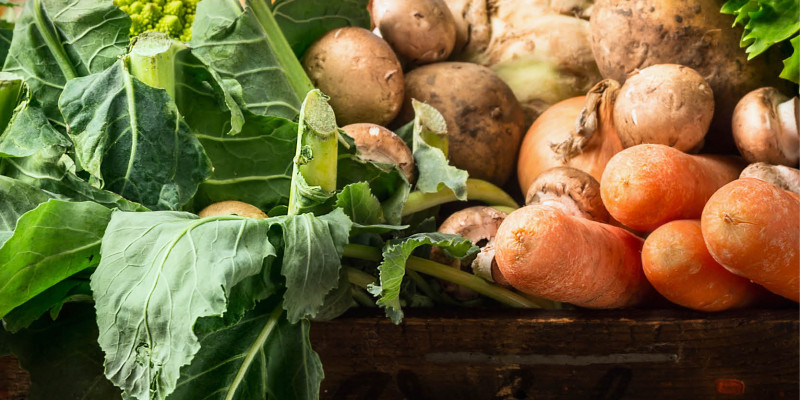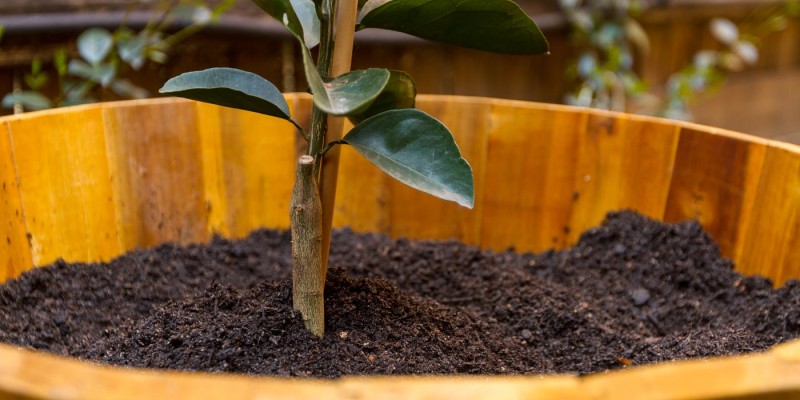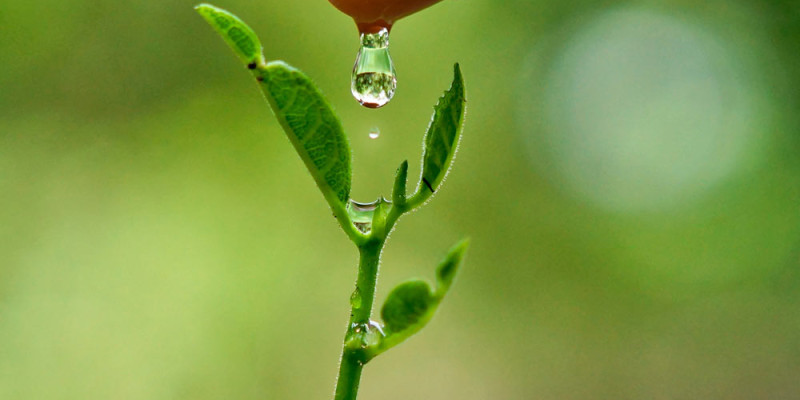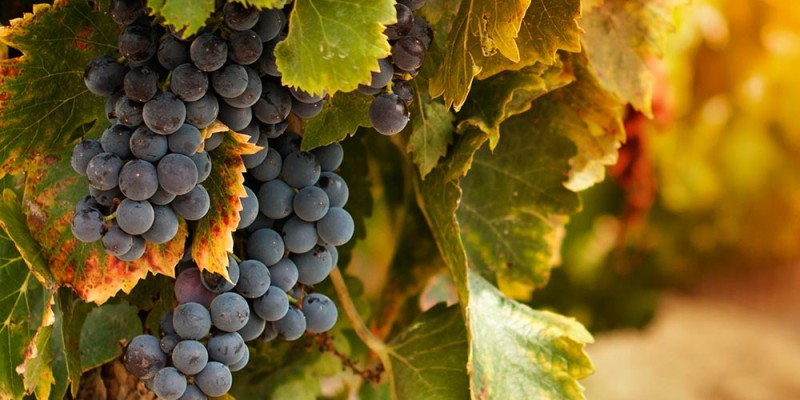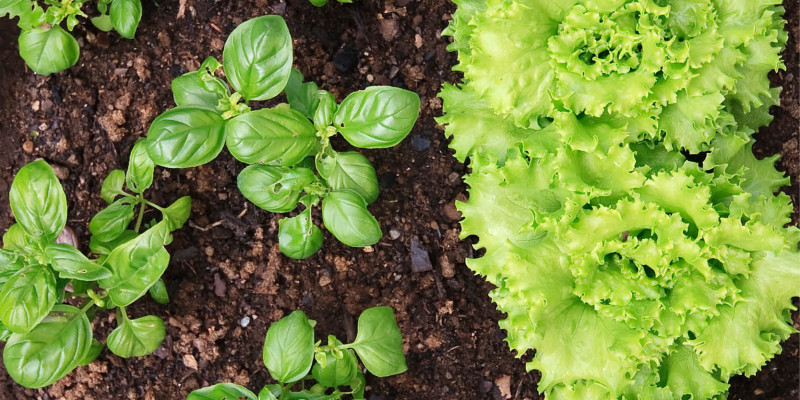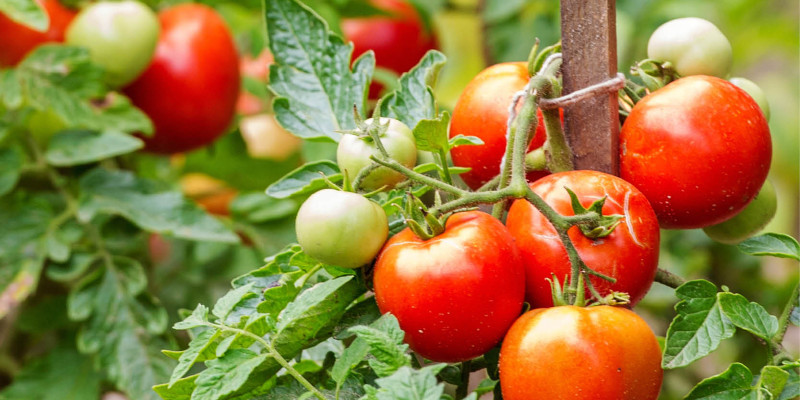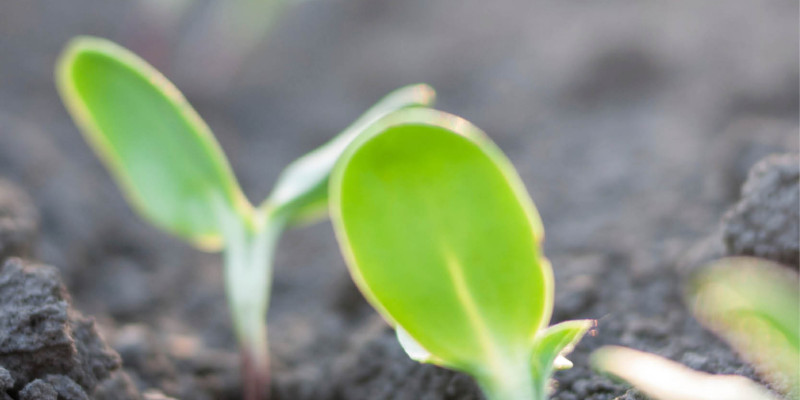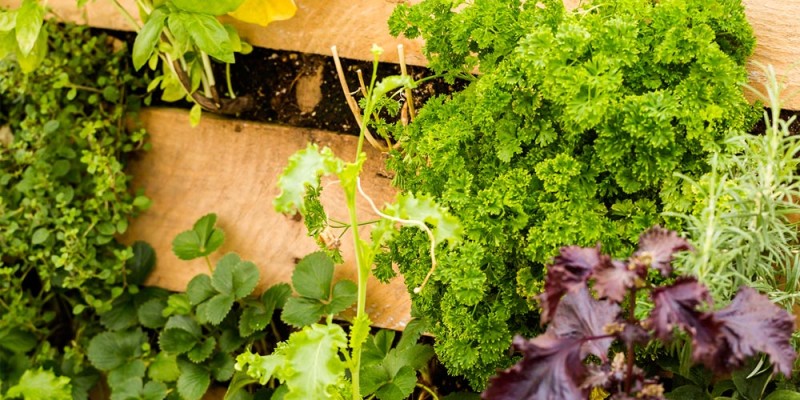As spring progresses it has been a busy time in the garden. I have continued to plant cold hardy crops such as peas, beets, carrots and radish in the garden under limited cover. Although we are still 4 weeks from our average last frost these crops can handle the infrequent plunges below the freezing mark that we can expect. I have also planted my second crop of cold hardy greens under the hoop house and cold frame. Finally I harvested the last of the indoor winter greens and tomatoes to make room in the grow room for the peppers that were put in the containers that they will spend the summer in.
As I was doing this work in the garden I was thinking of other ways to extend my season. The answer became apparent one morning as I was moving my figs and mini-grape plant from my garage outside for the day.
None of these perennials are hardy to my zone but do well in containers. So I over wintered these perennials in our insulated attached garage that rarely drops below -10c or 14F. As the temperatures warmed up I noticed the figs were breaking dormancy and so I sent them outside on days where the temperature was expected to stay above the freezing mark.
This got me thinking about the containers I often garden in. Containers are a wonderful way to grow food. They are small, mobile and can be placed anywhere such as a patio, deck or even balcony.
Using the principals of growing food under cover I will simply swap the hoop house and cold frame for the protection of my garage and get some crops started much earlier than I could traditionally outside. This should allow me to harvest faster and in some cases harvest two crops even in my zone 3 garden.
I have started this method 4 weeks out from my last average frost. I chose to start now as in my area by the time I leave the house at 6:30am the air temperature is more often above freezing than below.
The type of container is not really important however I do prefer these bag type pots. Not only are they easier to handle they are easier to store as well.
To fill them I use the same soil mix as the containers in my grow room ½ recycled potting mix and ½ homemade compost. I usually fill the containers nearly to the top to allow some settling. Where I can hill or mound such as potatoes I fill it ¾ the way through to leave me some space.
There are many crops that do well in containers especially in cooler soil temperatures. I will be planting my potatoes, kale, collards and swish chard.
I will still wait to bring my warm weather crops like peppers and tomatoes out as they are acclimated to warmer weather and even at temperatures well above freezing these plants can get stressed and potentially die. I will wait to bring them out until later in the season.
During the day I leave the pots on my drive way and bring them in if I see there is threat of freezing temperatures.
If in the morning the temperature is still well below freezing I simply leave the containers under protection taking them out when I get home. Infrequent restrictions of light paired with slower growth habits due to cold temperatures should result in limited harm being caused.
If you do not have access to a garage most of these cold hardy crops would do well in a shed or even under a container while small. If permitted you could even bring them inside your home. Make sure to avoid low lying areas where cold air settles and give it a shot.
The advantage of this method goes past just starting the crops earlier extending your harvests. Plants that have been started indoors need to be slowly acclimated to the intensity of natural light through a process called hardening off. These plants will have spent their entire life under natural light eliminating the need to harden the plants off reducing the stress on the plants.
Later in the season I will mulch the surface of the soil to help prevent water loss and return nutrients to the soil. The compost in the potting mix should provide more than enough nutrients throughout the seasons but if struggling I will add some worm castings as a part of the mulch layer.
Related Episodes:
Grow a lot of food in small spaces with Container Gardening
Turn Trash into Garden Gold with Worm Castings:
